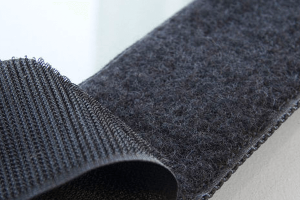Reflective clothing plays a crucial role in enhancing visibility and safety in various environments, from bustling city streets to remote outdoor activities. This type of clothing incorporates materials that reflect light, making the wearer more visible to others, especially in low-light conditions.
Enhancing Visibility and Safety
Key Features
Reflective clothing comes in various forms, including vests, jackets, pants, and even accessories like bands and hats. The primary feature of these items is the incorporation of reflective materials, such as reflective clothing tape, which bounces back light to its source. This phenomenon makes the wearer significantly more visible in the dark when illuminated by a light source, such as car headlights or a flashlight.
Applications
Reflective clothing finds its application in a wide range of settings:
- Road Safety: For cyclists, motorcyclists, and pedestrians, reflective clothing is vital for being seen by drivers, thus reducing the risk of accidents.
- Occupational Safety: Workers in construction, road maintenance, and other high-risk areas wear reflective gear to signal their presence to vehicles and machinery.
- Recreational Use: Outdoor enthusiasts, including runners, hikers, and campers, wear reflective items to be seen by others, enhancing safety during dawn, dusk, or nighttime activities.

Technical Specifications
When selecting reflective clothing, considering the technical specifications is essential to ensure optimal performance and safety. These specifications include the brightness (measured in candelas), coverage area, and the type of reflective material used, such as microprismatic tape or glass bead fabric. The durability and washability of the reflective elements are also critical, with some materials maintaining reflectivity for up to several hundred wash cycles under specific conditions.
Advantages and Materials
Reflective clothing offers numerous advantages, including increased safety for individuals in low-visibility environments, the potential to avert accidents, and enhanced peace of mind for wearers and their families. The primary materials used in reflective clothing include polyester and cotton fabrics for the base garments, with reflective elements often made from advanced materials like PVC-free vinyl for the reflective tape, ensuring durability and high reflectivity.
Conclusion
Reflective clothing is an indispensable safety tool for anyone who finds themselves in environments where visibility is compromised. Its design, incorporating materials like reflective tape, significantly enhances the wearer's visibility, thereby playing a critical role in preventing accidents and ensuring the safety of individuals across various activities and professions.
